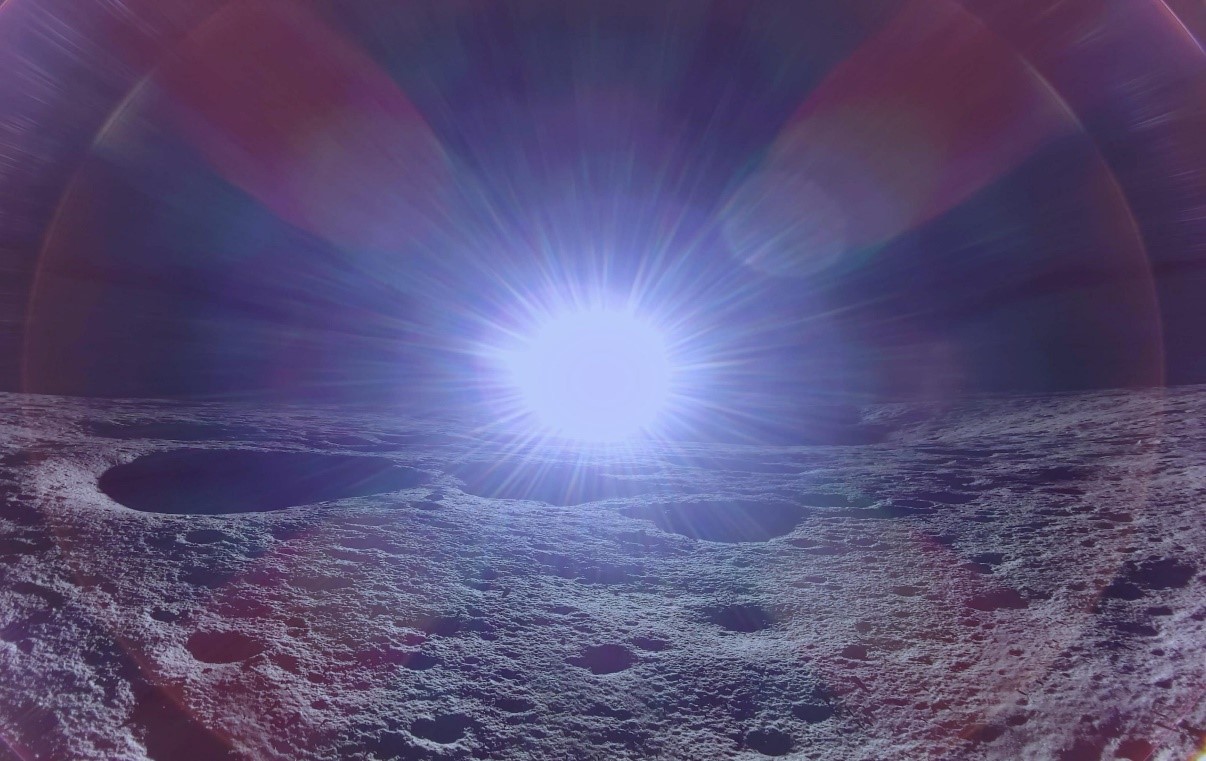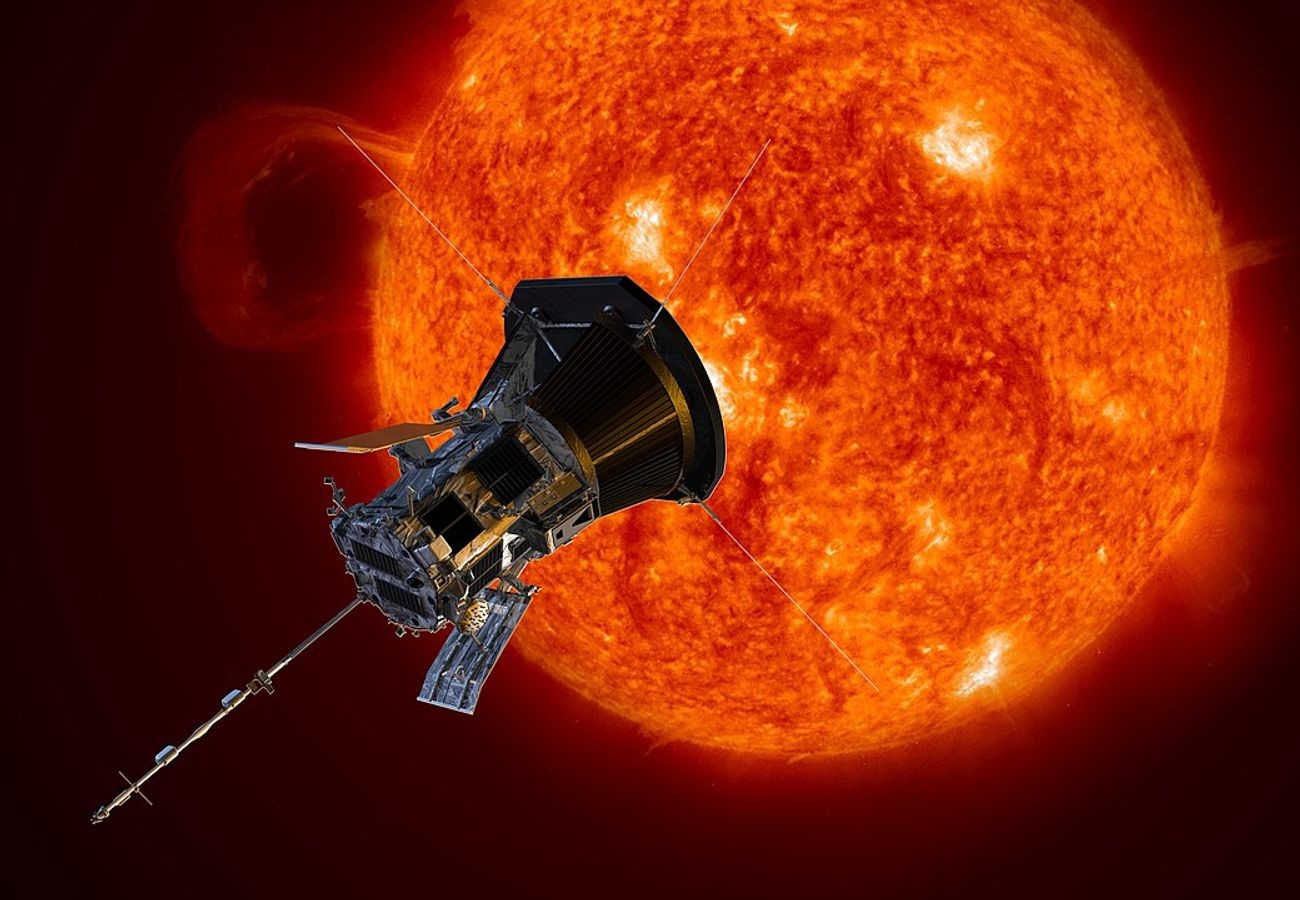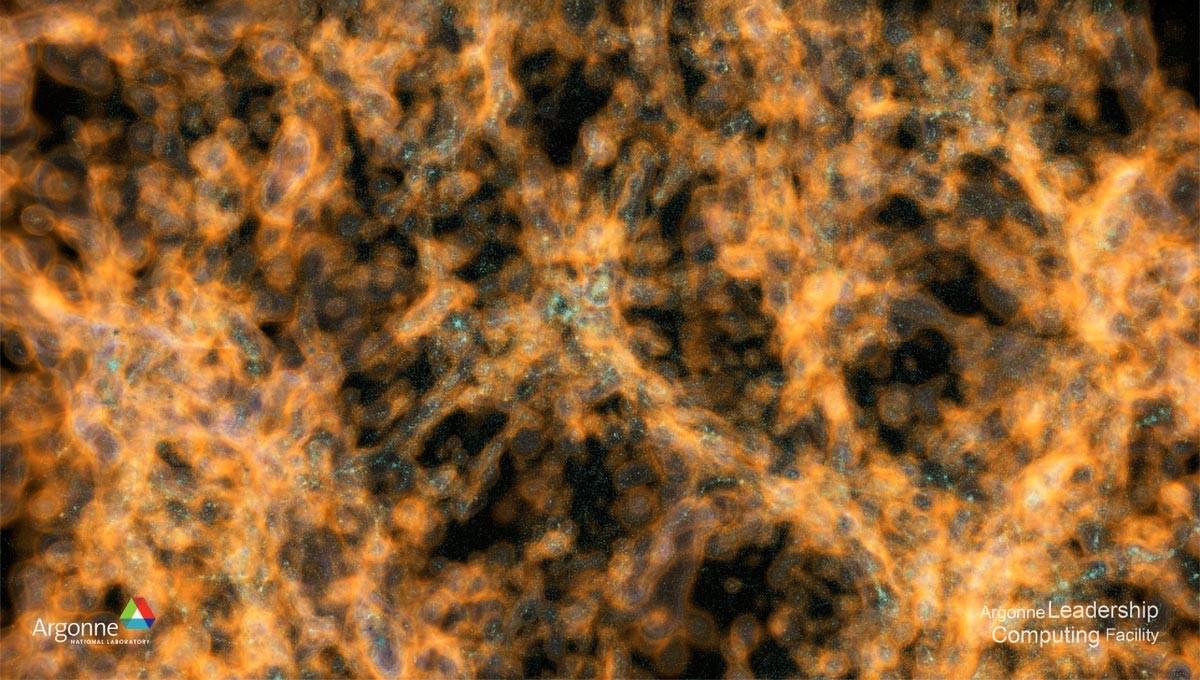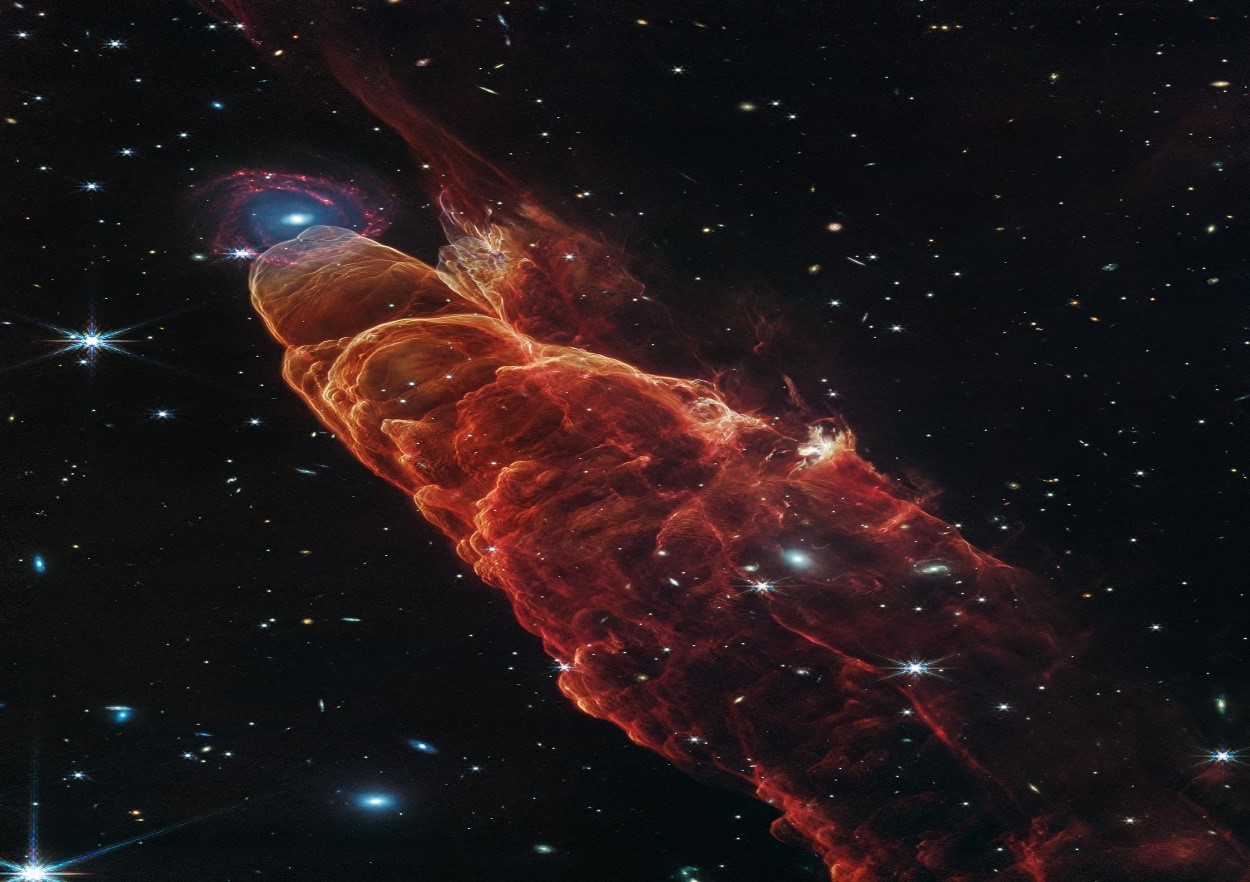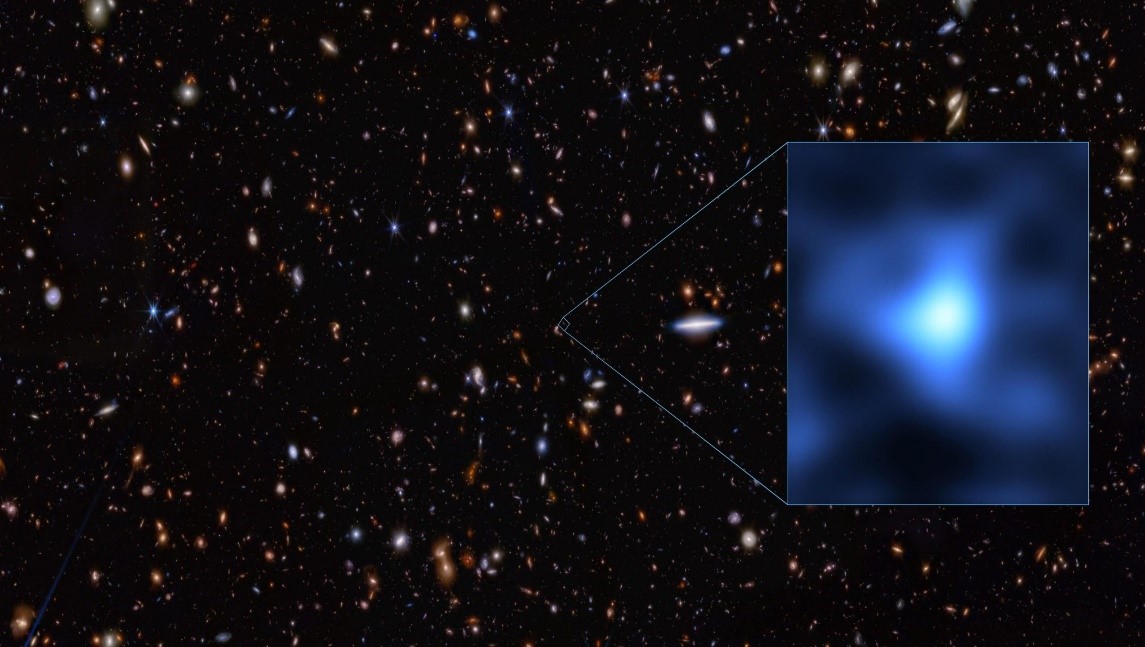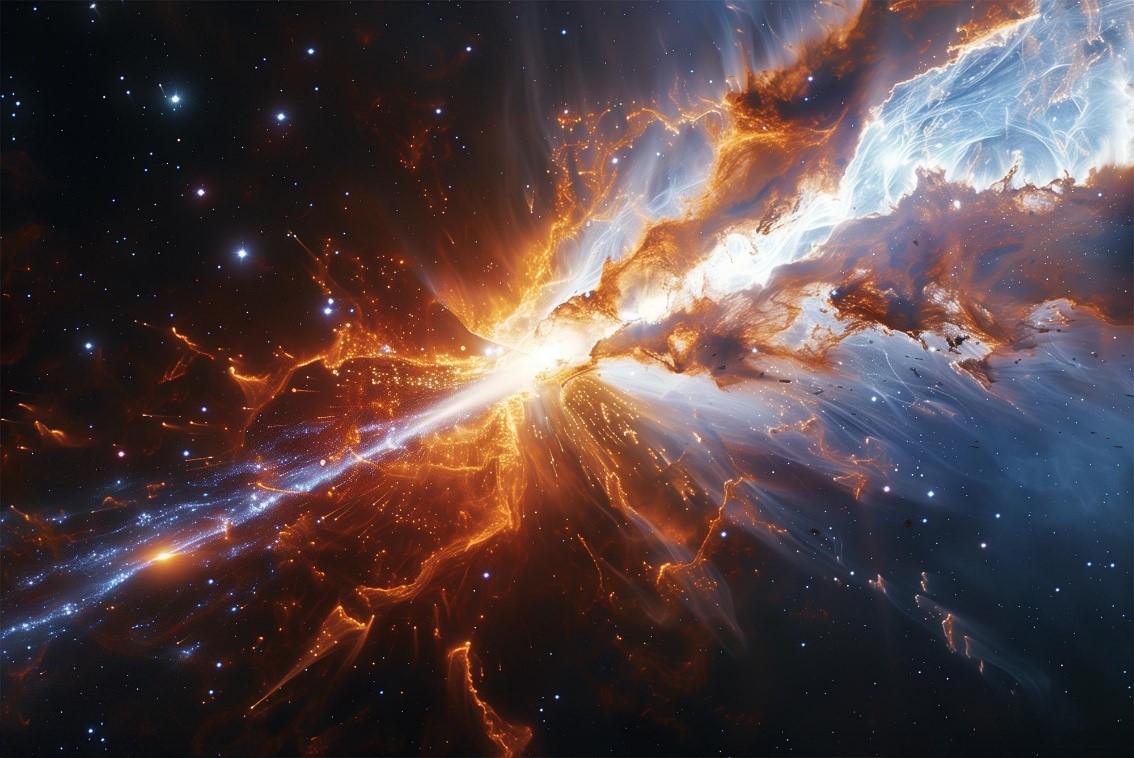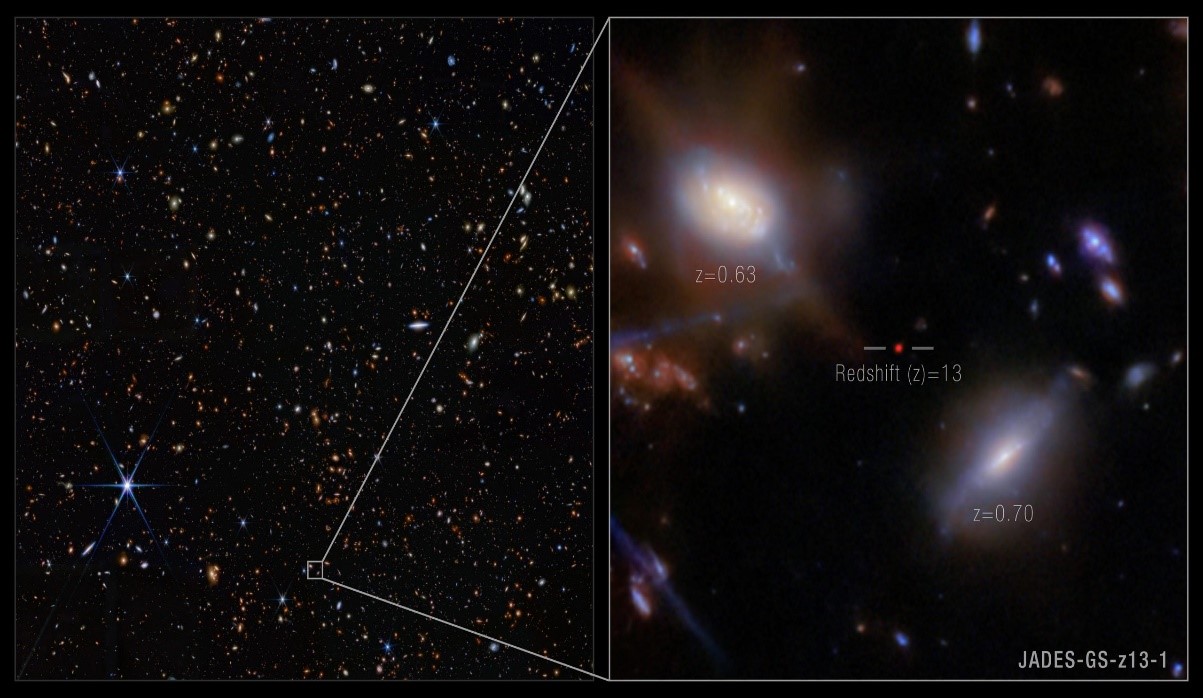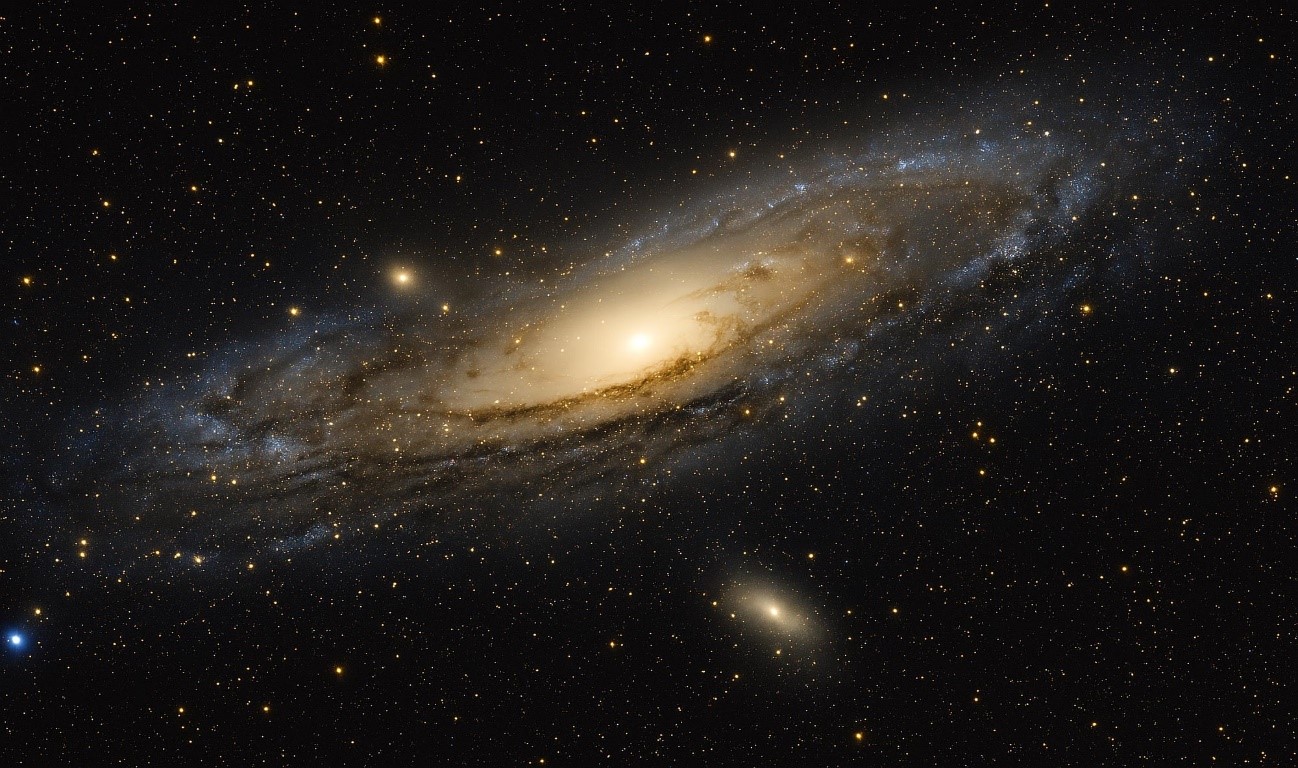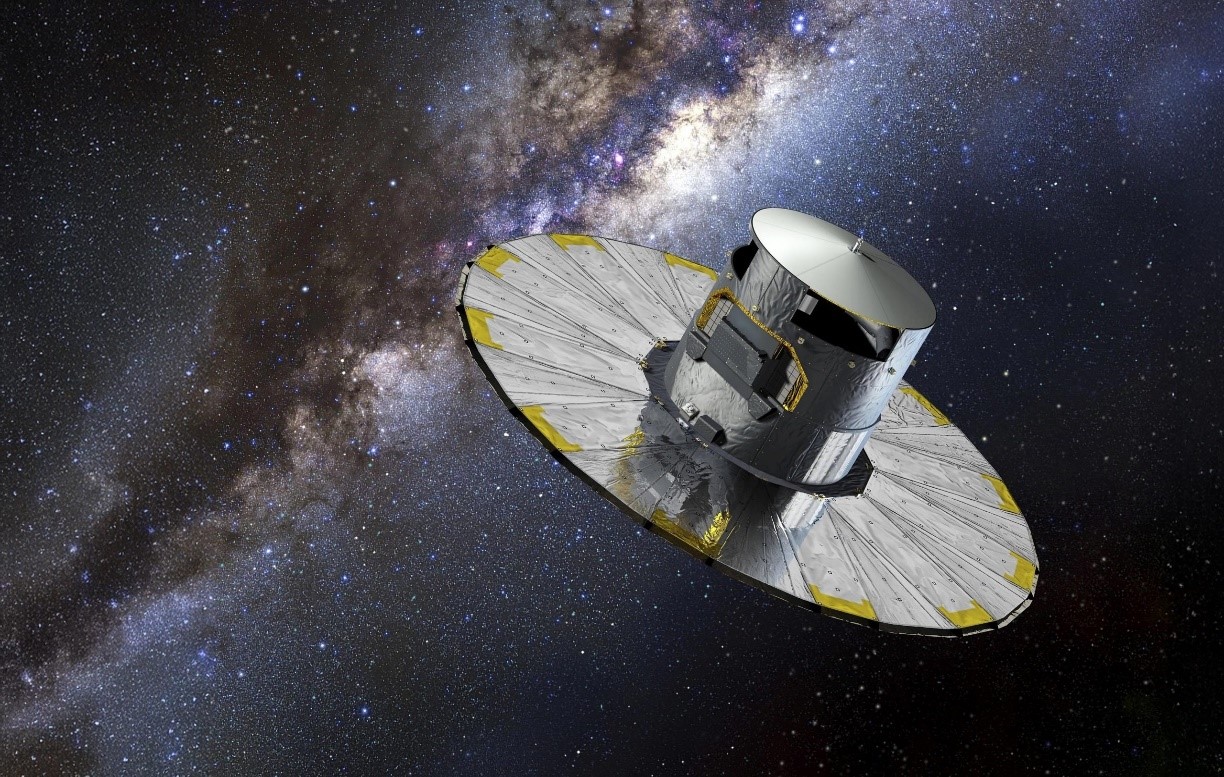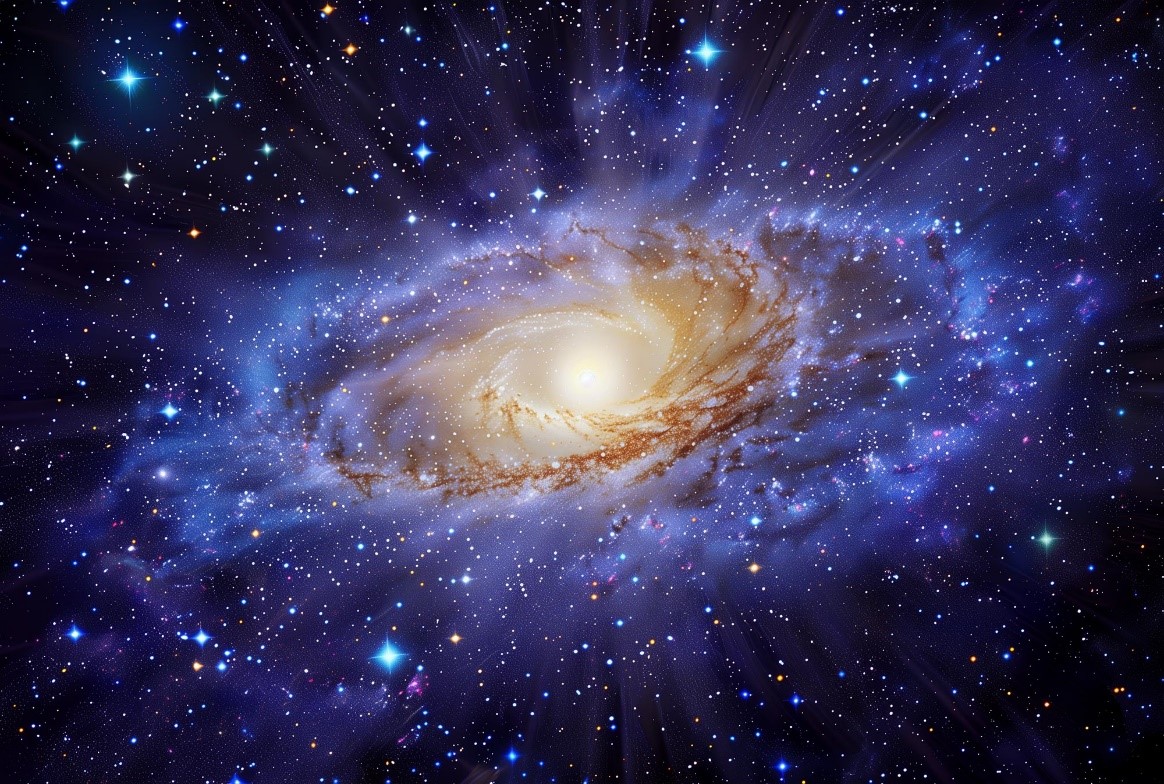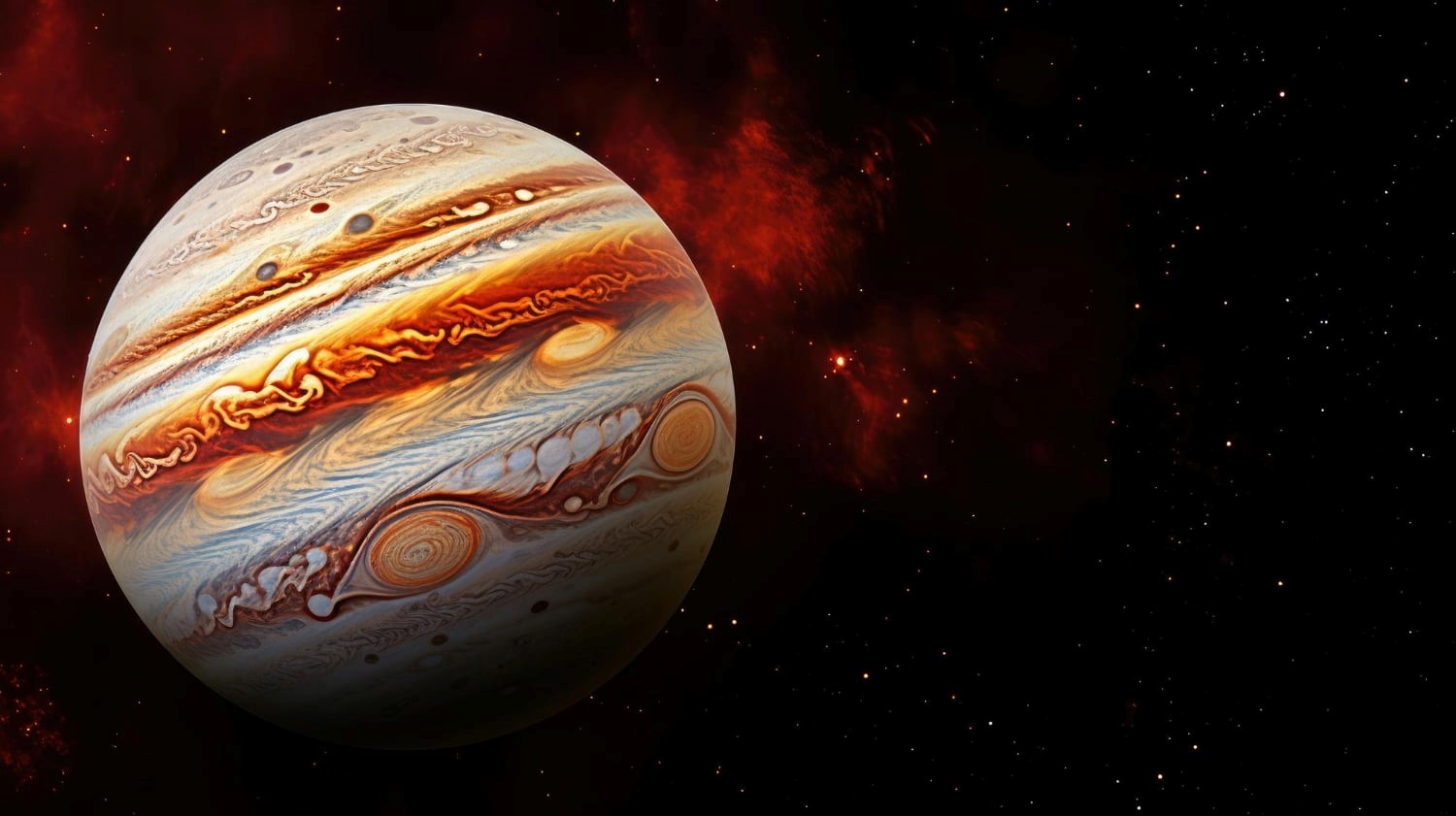Webb Telescope Captures Flawless Einstein Ring Unveiling a Hidden Galaxy
A breathtaking new image from the James Webb Space Telescope showcases a cosmic phenomenon called an Einstein ring, where the light from a distant galaxy is distorted into a perfect circle by the gravitational pull of a closer galaxy. This rare alignment provides scientists with a natural magnifying lens to examine galaxies billions of light-years away. With Webb’s advanced instruments, along with support from Hubble, astronomers can now delve deeper into galaxy clusters and explore the universe’s evolution with unmatched clarity.
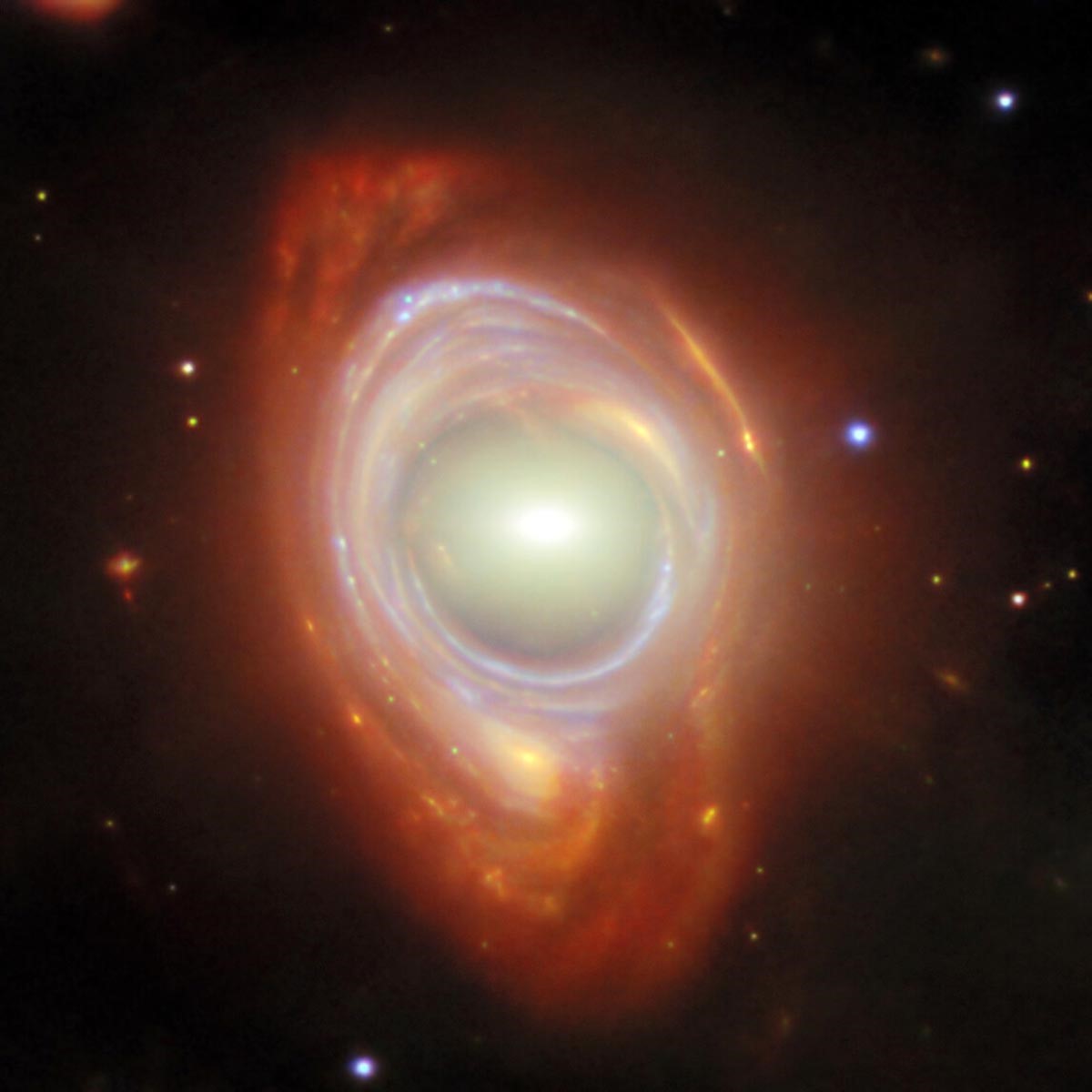
Figure 1. Webb Captures a Perfect Cosmic Circle: A Distant Spiral Galaxy Curved Around a Closer Elliptical One
The Einstein Ring: A Cosmic Optical Illusion
This latest Picture of the Month from the James Webb Space Telescope highlights the rare and captivating cosmic phenomenon known as an Einstein ring [1]. At first glance, the image may appear to show a single, unusually shaped galaxy, but it actually depicts two galaxies separated by immense distance. The closer galaxy is at the center, with the light from a more distant galaxy bending around it, creating a luminous ring. Figure 1 shows Webb Captures a Perfect Cosmic Circle: A Distant Spiral Galaxy Curved Around a Closer Elliptical One.
Einstein rings are formed through gravitational lensing, a process where light from a distant object is bent by the gravity of a massive object between it and the observer. This occurs because mass curves spacetime, and light follows these curves. While the effect is too subtle to notice in everyday life, it becomes striking on astronomical scales, such as when light from one galaxy passes near another galaxy or a galaxy cluster.
Flawless Alignment Forms the Ring
When the background galaxy, the lensing galaxy, and the observer align almost perfectly, the lensing effect creates a nearly complete circle of light, known as an Einstein ring. Depending on the alignment's precision, the ring can be fully formed, as seen here, or only partially visible. These rare alignments act as natural magnifying glasses, enabling astronomers to examine incredibly distant and faint galaxies that would otherwise remain unseen.
The lensing galaxy at the center of this Einstein ring is an elliptical galaxy, evident from its bright core and smooth, featureless structure. This galaxy is part of the SMACSJ0028.2-7537 galaxy cluster. The distorted galaxy encircling the elliptical galaxy is a spiral galaxy. Despite the warping of its image as light traveled around the lensing galaxy, individual star clusters and gas structures remain clearly visible.
Charting the Universe with Webb and Hubble
The data for this image were gathered as part of the Strong Lensing and Cluster Evolution (SLICE) survey (program 5594), led by Guillaume Mahler from the University of Liège in Belgium [2]. The project brings together a team of international astronomers and utilizes the Webb Telescope’s Near-InfraRed Camera (NIRCam) to explore the evolution of galaxy clusters over the past 8 billion years. The survey is observing a total of 182 galaxy clusters. Additionally, the image incorporates data from two instruments on the NASA/ESA Hubble Space Telescope: the Wide Field Camera 3 and the Advanced Camera for Surveys.
Reference:
- https://www.earth.com/news/webb-captures-a-rare-einstein-ring-caused-by-light-bending/
- https://scitechdaily.com/webb-captures-a-perfect-einstein-ring-that-reveals-a-hidden-galaxy/
Cite this article:
Janani R (2025), Webb Telescope Captures Flawless Einstein Ring Unveiling a Hidden Galaxy, AnaTechMaz, pp.297


